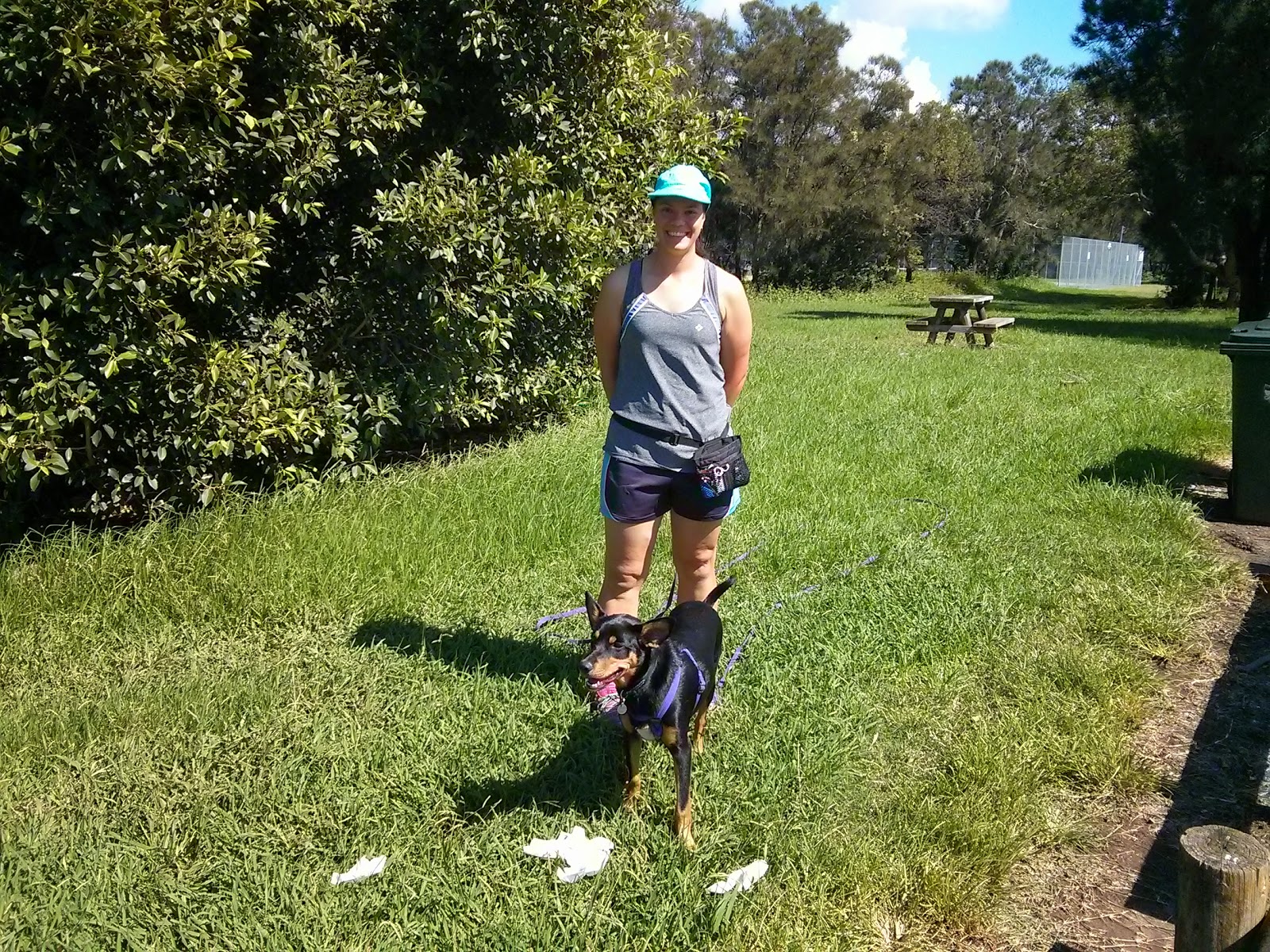 | |||||
| "Listen closely - the best pet products at the supermarket are...." |
But finally, this windy Saturday afternoon, after the millionth person asked me (yesterday), I have done the research, and the costings.... and debunked a myth in the process!
It should never be forgotton that all veterinarians care about pets, and want to help you look after them as best as you and they can. I know that I care very deeply about all (well, most) of the pets I see every single day.This often means that many veterinary hospitals will stock products that we know are the best for your pet - this is where we are different from pet shops, pet produce stores or supermarkets - they are there to sell you whatever product, and they will say whatever they need to say to "make the sale", and of course, they also will have have a large range of products, most of which are probably not suited for your lifestyle, budget or pet.
 | ||||
| An old photo of our "waiting room" |
You see, I just hate misinformation, and having been at the other end of a liar, I just hate people who lie just to sell a product (or a house). I have also seen pets who are on three different products, and the majority of them overlapped in what they did - we saved them alot of money by ensuring their pet gets just what they needed - no more, no less.
Unless you know what you are buying, you can often buy the wrong thing, or worse, buy something harmful to your pet - for example, purchasing a flea control product for a dog and using it on your cat! A BIG NO NO! Don't do it.
Our pet's health check list includes
Intestinal worming
Heartworm prevention
Flea control
So, with Piper and Pandora's help, we are going to give you our "Pet Picks" for the supermarket products (and their prices), for your pet's health care program. (and I also add in our prices for comparison, as many of you have cited cost as the number one reason you buy from the supermarket, not convenience).
 |
| This is Piper (as a puppy) |
Piper's Pet Pick for Dogs
Flea Control
- Exelpet Capstar - this is a tablet that can be given daily if we are treating Flea Allergy Dermatitis, or as needed if your pet is going into a high flea situation (such as visiting friends, grooming, or the dog park).
- Cost at Coles: Small Dog $19.20 for a six pack
- Cost at Russell Vale Animal Clinic - we stock the veterinary brand, which is exactly the same thing. It is $26.00 for a six pack.
- Total Care Flea Shield - (Fipronil 100g/l) - this is a "spot on" similar to Frontline Original (it is a generic of Frontline) It is not the same as Frontline Plus, Advantage or Advantix.
- Cost at Woolworths: Small Dog Up to 10 kg for a 2 pk is $28.80 (at a cost of $14.10 each)
- Cost at Russell Vale Animal Clinic - we stock Frontline Original (the original brand) Small dog (UP to 10 kg) is $45.00 for a 4 pack ($11.25 each)
All Intestinal worms and Heartworm prevention
- Total Care Tasty Chew Heartwormer and All wormer - this is a once a month chewable which contains Milbemycin.
- Cost at Coles for a 3 pack for the 11-22 kg dog -$ 31.90 ($10.63 per tablet)
- Cost at Russell Vale Animal Clinic - our equivalent is Milbemax, which does up to 25 kg which we sell singly, which is $13.50 per tablet.
 |
| Pandora (and her box) |
Pandora's Pet Pick for Cats
Flea Control
- As best as I could see, there is nothing suitable for cats at all. I will go to another store and have a look, and will modify this post if I find something suitable.
- Flea collars and flea shampoos are not suitable at all, and flea spot ons that kill flea eggs, are useless.
- Intestinal Worming
- Exelpet Allwormer Tablet - 1 tablet does up to 5 kg, and it comes in a two pack.
- Cost at Coles is $12.06 a packet ($6.03 a tablet)
- Cost at Russell Vale Animal Clinic - our equivalent to this wormer costs $5.50 a tablet (up to 5 kg), but we often have cats who are heavier than this.
A myth debunked
So, if it was down to the cost of the product, I believe I have debunked the myth that vets are expensive. I had also believed the line that the media sprouts (I should've known better where the media was concerned), but clients have also been telling me - that buying stuff from the vets is expensive.For the added information and advice you get, the guarantee that we, as vets, can give you if something doesn't go well, and the added peace of mind
of knowing that you are using the right product in the right way, and overall, doing the right thing for your pet
- what is that worth to you, as a loving pet owner?
As a pet owner myself, and especially as a veterinarian, I know that I always have the pet and the pet owner's needs at heart, and I know I can safely speak for my profession here (well, for most of us anyway) when I say that.But I also understand that the supermarket is easy for you, when you go into buy your groceries, so I do sincerely hope this information has helped you make the right choice when you get there. So, choose wisely, and don't forget that your vet is always there, willing and able to help you when you need us.
Any questions, as you know, do not ever be frightened to email me or post a comment below. If you are local, feel free to call us on 42 845 988 during regular business hours.
 I am Dr Liz, the mad vet from Russell Vale Animal Clinic. Stay safe, warm and happy please.
I am Dr Liz, the mad vet from Russell Vale Animal Clinic. Stay safe, warm and happy please.We are for happy, healthy pets... always, and we stand behind that statement every single time!
PS Prices are valid at the time of writing (28th of June 2014) only.
























